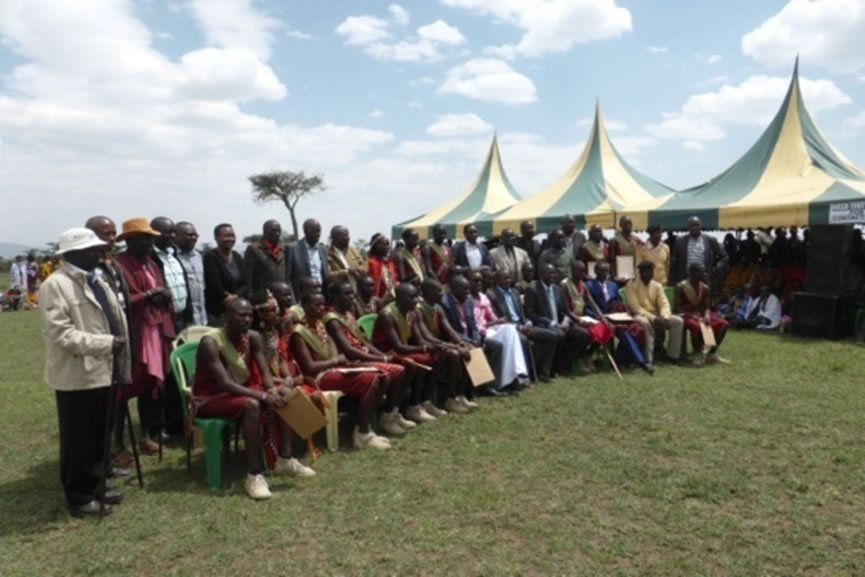

Natural Resources management and community mobilization requires an interplay of stakeholders who are very critical to success of community conservancy model. There are those involved in advocacy and community education and their input is very important in creating awareness and facilitating information exchange. This makes it possible for community to develop trust and appreciate their contribution to environmental conservation and ultimately to economic development. The NGOs play an important role in information sharing data and drumming up for international support in research and education. Other important collaborators include the local and national governments which develop framework of collaboration with communities and set guidelines on administration and management of wildlife in areas outside the conventional national parks and reserves. The government land office is very crucial as all land adjudication matters are vested in them and they set guide lines for leases and laws that govern them. Most important all sectors of the community, including youth and women, must be involved in conservancy management and benefits sharing to ensure they mainstreamed in conservation and guarantee sustainability of the initiative
There is need for shared vision among the stakeholders who are motivated by overriding desire to conserve the environment, including the large mammals mostly affected by habitat degradation. The communities must have a unity of purpose based on shared desire for better livelihoods and regard for wildlife. The conservancy requires continuous engagement with the communities so that they can appreciate their contribution individually and collectively
Resource management and community issues are complex and cooperation of all stakeholders is important. Communities are very sensitive to patronising approach to issues affecting them and need to be engaged with great patience and finesse. One important approach is to use community leaders and sensitize them and then enable them to discuss the issues with fellow community members and address their fears, hopes and ambitions. Different stakeholders have different approaches and viewpoints and there is always need to have a core team that takes divergent views and tries to harmonise them with key objectives.
Finally government is cardinal stakeholder and success of conservation efforts largely depend on goodwill and support from national governments. Clearly spelt out goals makes it easy to win support when the government appreciates contribution of private sector and the communities in solving environmental problems and availing more land for conservation